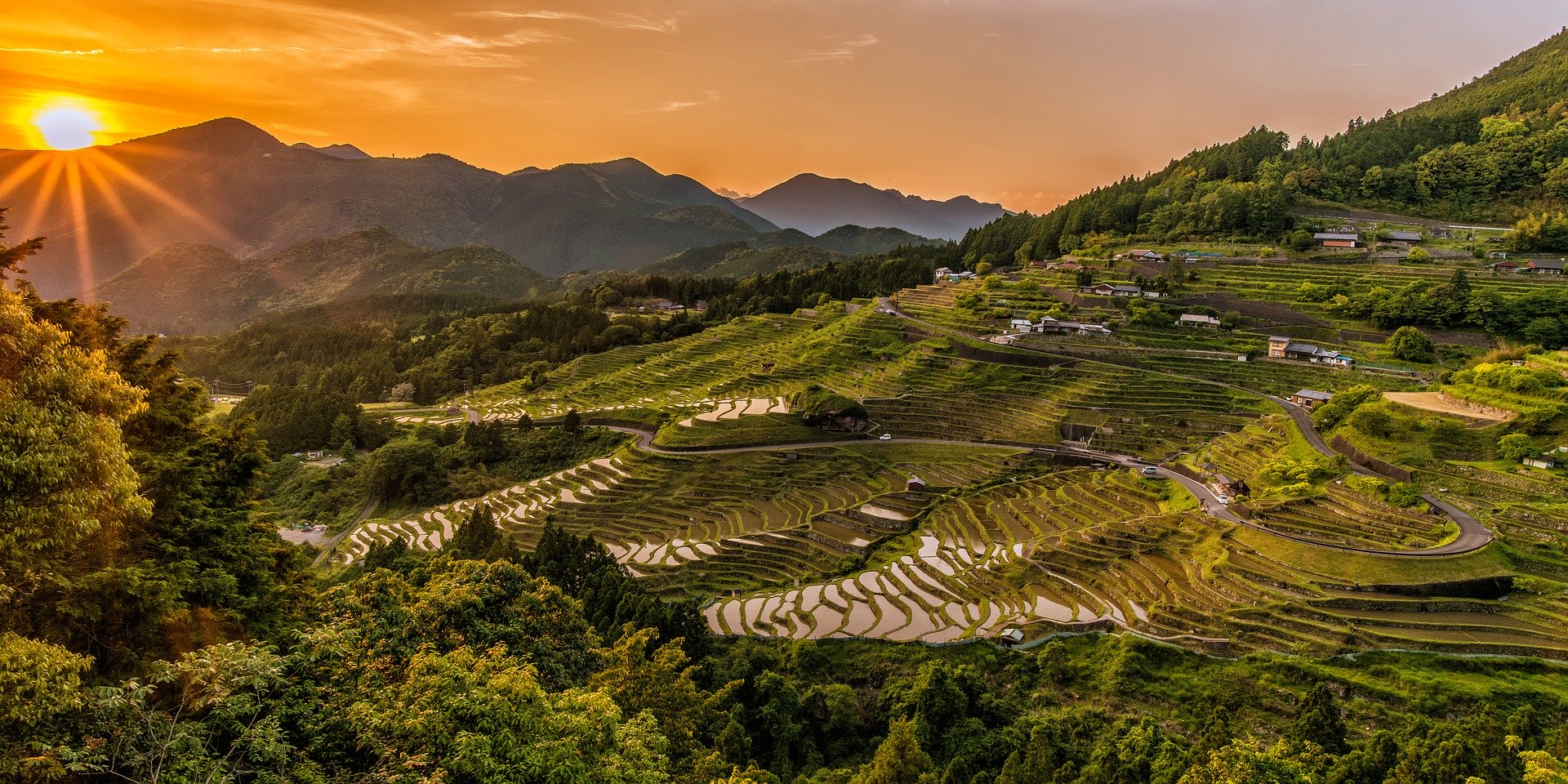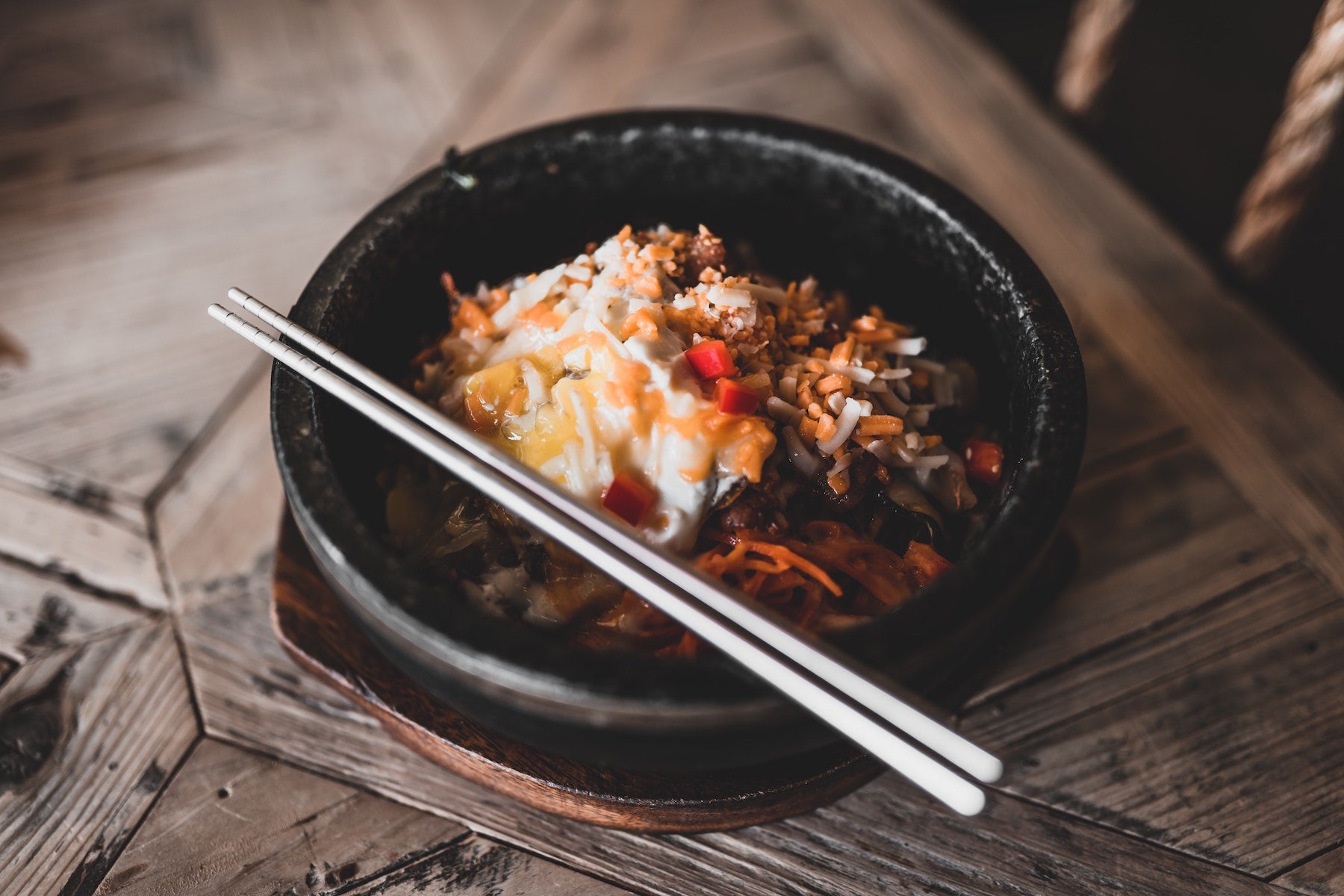
The Japanese Tea Ceremony
A famous ceremony
One of the most famous ceremonies in the world, the Japanese tea ceremony, called chanoyu orchado ("The Way of Tea"), is a complex ritual rich in meaning and tradition. The ceremony was first initiated by Sen no Rikyu , a 16th-century tea master who is considered to have had the most profound influence on The Way of Tea.
A tradition rooted in history
Although tea was introduced to Japan in the 8th century from China, it wasn't until the 15th century that tea drinking began to gain both popularity and distinction, when the first teahouse was established in Kyoto. Tea evolved into a kind of aesthetic religion— theaism , or the cult of beauty , which includes purity , harmony , and mutual tolerance . For the samurai, serving tea mindfully provided physical and spiritual fulfillment to both the giver and the receiver.

The Ceremony
There are two categories of tea ceremonies : chakai , an informal gathering, and chaji , a formal gathering. Chakai includes sweets, fine tea, and a light meal. Achaji includes a full kaiseki meal followed by sweets, thick tea, and fine tea. The ceremony can last up to four hours .
Tea ceremonies traditionally take place in a tea room with tatami mats on the floor. The room is simple and rustic, with minimal flowers and hanging scrolls. The entrance is usually kept low, so that when guests enter, they must bend over, symbolizing humility. After washing their hands and faces, guests sit in seiza , or kneeling, on the tatami floor, and they bow once more while taking the time to admire the decorations. The formal tea ceremony is full of rituals!

The host then prepares the tea in front of the guests. The equipment includes:
- The chawan , or tea bowl. Different sizes and styles are used for thick and thin tea, as well as for different seasons. It is not uncommon for bowls to be named after their creators or owners.
- The chakin , a small cloth used to wipe the tea bowl.
- The chaki , or tea caddy, is a small lidded container used to hold matcha powder.
- The chashaku , or tea spoon, is usually carved from a single piece of bamboo.
- The chasen , or tea whisk, used to mix powdered tea with hot water.
Each piece of equipment is carefully chosen and has a specific location. Additionally, if the tea selected is sencha, a type of Japanese steamed tea, then a brewing method called senchado is used. Senchado requires a round-shaped kyusu teapot to allow the leaves to expand, a kyusu leaf holder, and a yuzamashi, or water cooler that contains fresh water to awaken the leaves. Sencha is brewed at a slightly cooler temperature than other green teas, and senchado is another special ritual that may be part of a Japanese tea ceremony .

Once the tea is prepared, the host places the tea bowl on the mat in front of the first guest. Like everything else in a formal tea ceremony, tea drinking is a choreographed event :
- The tea bowl is picked up with the guest's right hand and placed in the left palm.
- The bowl is then rotated 90 degrees clockwise so that the front faces outward.
- The bowl is raised to the guest's forehead and then lowered.
- The guest takes a few sips, greets and compliments the host on the tea.
- The guest then wipes the rim of the bowl with the cloth and passes it to the next guest, who repeats the procedure.
- Once everyone has had tea, guests have the opportunity to admire the bowls, some of which are extremely old—even centuries old—and quite valuable. At the end of the ceremony, the host kneels and bows at the door as the guests leave the tea room.
Tea ceremony rituals can vary from season to season. There are also different tea schools where people study for months or years to learn the intricacies and history of these rituals. Schools may differ in how the rituals are conducted and taught.
Want to create your own Japanese tea ceremony? No need to travel to Kyoto to enjoy a delicious cup of tea in the Land of the Rising Sun atmosphere; we have everything you need at Japan at Home :


